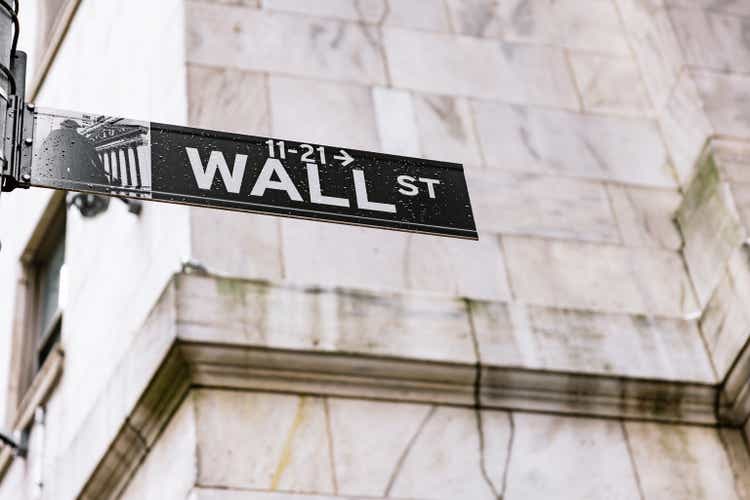Inventory and logistics might not be the flashiest part of a business, but they’re the backbone of everything from retail to manufacturing. And as technology continues to advance at full speed, the way companies manage their products, supplies, and deliveries is getting a serious upgrade. Gone are the days of manual spreadsheets and clipboards in the warehouse.
Today’s supply chains are driven by smarter systems that not only track what’s in stock but anticipate demand, streamline operations, and reduce waste in ways that weren’t possible even a decade ago. Let's explore the ways businesses are using new technology to sharpen their inventory and logistics game. Artificial intelligence isn’t just a buzzword—it’s now embedded in the very core of how companies control what comes in and what goes out of their inventory.

The use of AI in managing inventory has shifted businesses away from reactive restocking and into a more predictive, proactive approach. AI systems are now used to forecast demand, flag anomalies, and recommend stock adjustments in real time. Rather than relying on outdated sales history alone, AI tools can analyze patterns across various data points like weather, consumer behavior, and market trends.
That means a retailer could predict a spike in sunscreen sales before summer even starts, or a manufacturer might reduce over-ordering parts that are slowing down. These systems learn continuously, which allows them to get sharper over time. If AI is the brain, inventory software is the control center that puts everything into motion.
More than just a fancy digital ledger, modern inventory software offers a suite of features that allow businesses to automate, monitor, and optimize everything from warehouse counts to multi-channel sales in one place. This kind of technology gives companies a massive advantage, especially when operations scale across multiple locations or sales channels. Today’s systems can sync product availability across online storefronts, track real-time stock levels, and manage supplier relationships with a few clicks.
Some even include barcode scanning, batch tracking, or built-in shipping integrations that eliminate the need for third-party tools. For businesses moving from spreadsheets to this type of software, the difference is night and day. The biggest benefit? A clearer picture of what’s in stock and where, so decision-makers can act fast, stay agile, and satisfy customers consistently.
Step into a modern warehouse and you won’t necessarily see robots everywhere—but you will see automation doing a lot of the heavy lifting. From automated conveyor belts to sorting machines and robotic arms, businesses are finding new ways to speed up the logistics process without compromising accuracy. Automated systems are especially useful in picking, packing, and shipping—three areas where speed and precision are essential.
By automating repetitive or those physically demanding tasks, companies reduce errors and free up workers to focus on higher-value activities. Automation also helps manage peak seasons when demand surges, ensuring businesses can handle increased volume without hiring a massive temporary workforce. In the past, once goods left the warehouse, visibility basically stopped.
Today, that’s changed thanks to real-time tracking technologies that keep businesses and customers informed from dock to doorstep. Whether it’s GPS tracking on delivery trucks, RFID tags on shipments, or IoT sensors that monitor temperature and humidity, these tools give companies a live feed of where their products are and how they’re doing. For companies managing perishable goods, this is critical.
A temperature spike during transport could ruin a shipment of fresh produce or medical supplies, but with smart sensors, alerts can be sent before damage occurs. For others, it’s about customer experience. Buyers now expect to track their orders, and companies that can provide up-to-date info gain trust and reduce “Where’s my order?” inquiries that clog up support lines.
Sustainability isn’t just a PR move anymore—it’s fast becoming a cost-saving strategy, and tech is helping companies get there. Logistics operations, in particular, are under pressure to reduce their carbon footprint , and new technologies are stepping in to make it possible without adding complexity. Route optimization software, for example, can cut fuel use by finding the most efficient delivery paths.
Smart warehouse lighting and climate systems reduce energy costs. Even predictive inventory tools—powered by machine learning—help reduce overproduction and waste by improving demand forecasting. On the packaging side, businesses are using analytics to understand where materials can be reduced or reused without sacrificing quality.
When these initiatives are tied to technology, they become easier to measure and improve over time. The result? A greener operation that’s also more efficient and often more profitable. For businesses balancing customer demands, regulatory pressure, and cost control, tech-driven sustainability solutions are proving to be a win across the board.
.













_0.jpg?itok=yAIF6nFK)

